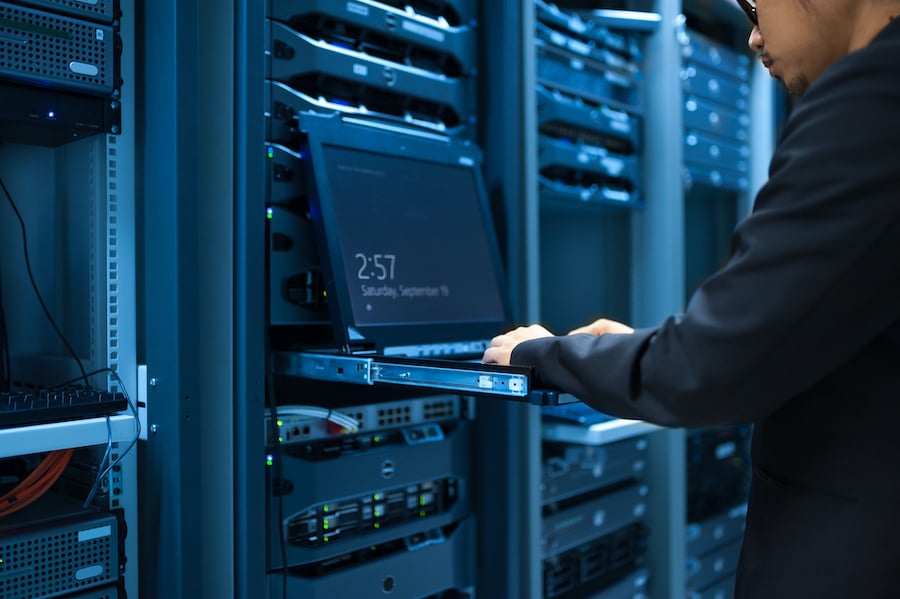

IoT and edge computing are evolving the modern data center. Here’s how micro data centers are advancing the data-driven tech revolution.


Data centers are rapidly evolving as cloud and edge computing continue to gain traction. Cloud infrastructures have greatly shaped the requirements of modern data centers, with infrastructure-as-a-service (IaaS) business models and providers allowing enterprises to conveniently access remote servers.
Edge computing moves computing processes and data closer to end users, who are often located at the edge of the network. The influence of technologies such as the Internet of Things (IoT) and reliance on real-time interactions is forcing data centers to move closer to end users.
Enterprises are moving from on-premise to cloud data centers to deploy crucial business applications, taking advantage of both on-premise and cloud data centers to give rise to hybrid cloud systems. However, traditional data centers face a number of challenges today.
Edge computing is gaining a foothold in many industries. As more enterprises are embracing the cloud, the data center is becoming less and less centralized. With this decentralization comes the opportunity to have cloud services closer to the edge of a network. There is also a need to overcome the shortcomings of hyperscale data centers. Micro data centers aim to be the next step of the data center evolution.
A micro data center is a small modular data center that serves enterprises or provides resources that large modular data centers struggle to provide. Micro data centers may also solve problems that traditional data centers are not capable of addressing.
A container-based data center may represent dozens of servers in a forty-foot shipping container. The latter may have less than ten servers in a single approximately twenty-inch box. A typical data center’s form factor is dramatically reduced. Furthermore, a micro data center’s network infrastructure is focused at the edge as compute is handled locally. This presents a departure from developing network infrastructure around a centralized remote data center aiming to receive workloads from the end user.
A great use case of micro data centers is enabling the IT infrastructure of the future. Continuous increase in machine-generated data that needs to be aggregated near the source is going to be boosted by micro data centers. They will also play a key part in enabling end-to-end 5G connectivity since the short wavelengths of 5G require close proximity between cell towers to data centers to support critical applications in real-time.
Also read: Containers are Shaping IoT Development


Collins Ayuya is a contributing writer for Enterprise Networking Planet with over seven years of industry and writing experience. He is currently pursuing his Masters in Computer Science, carrying out academic research in Natural Language Processing. He is a startup founder and writes about startups, innovation, new technology, and developing new products. His work also regularly appears in TechRepublic, ServerWatch, Channel Insider, and Section.io. In his downtime, Collins enjoys doing pencil and graphite art and is also a sportsman and gamer.

Enterprise Networking Planet aims to educate and assist IT administrators in building strong network infrastructures for their enterprise companies. Enterprise Networking Planet contributors write about relevant and useful topics on the cutting edge of enterprise networking based on years of personal experience in the field.
Property of TechnologyAdvice. © 2025 TechnologyAdvice. All Rights Reserved
Advertiser Disclosure: Some of the products that appear on this site are from companies from which TechnologyAdvice receives compensation. This compensation may impact how and where products appear on this site including, for example, the order in which they appear. TechnologyAdvice does not include all companies or all types of products available in the marketplace.